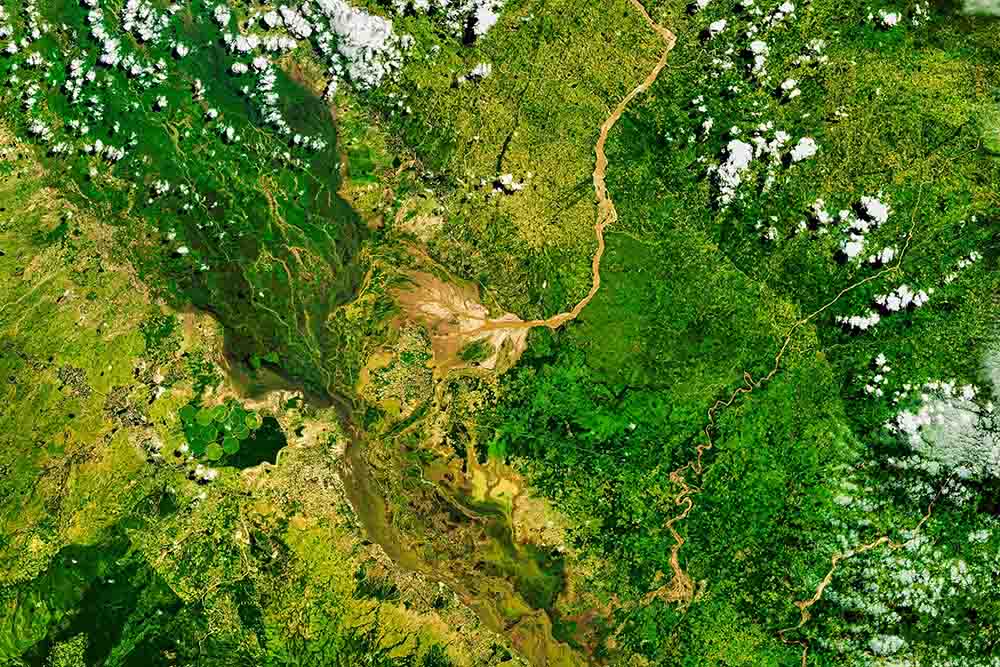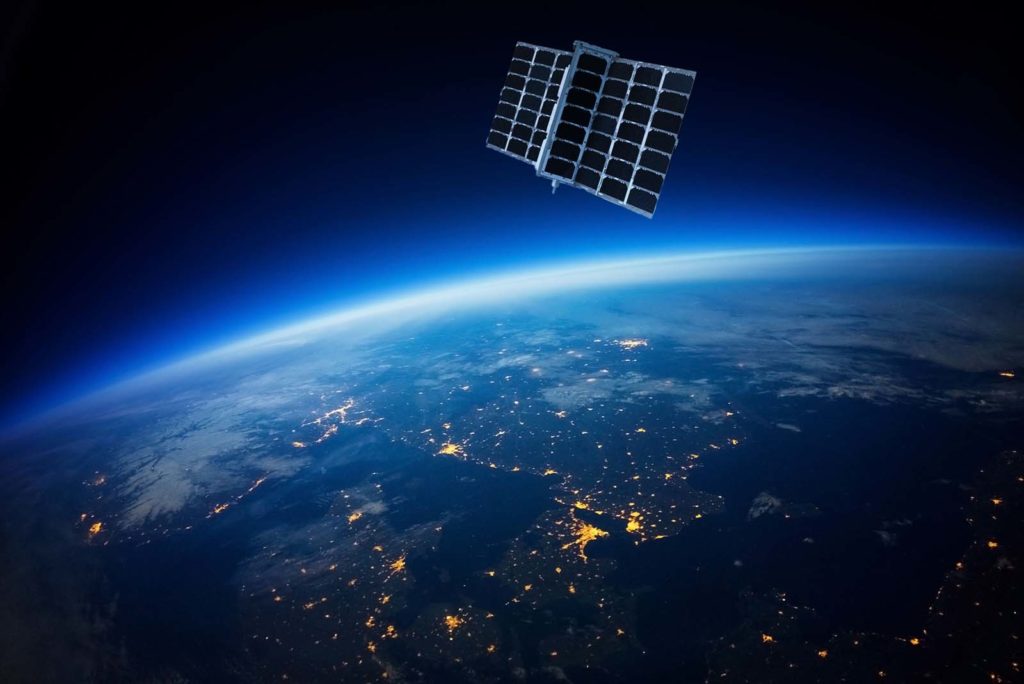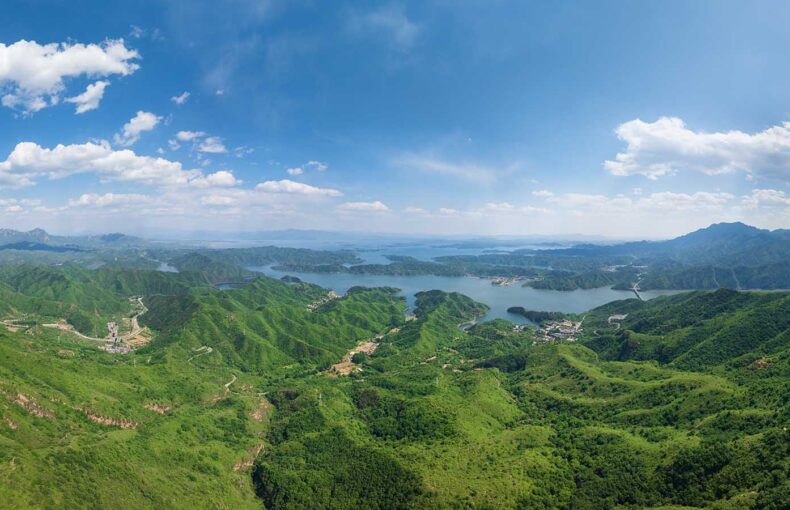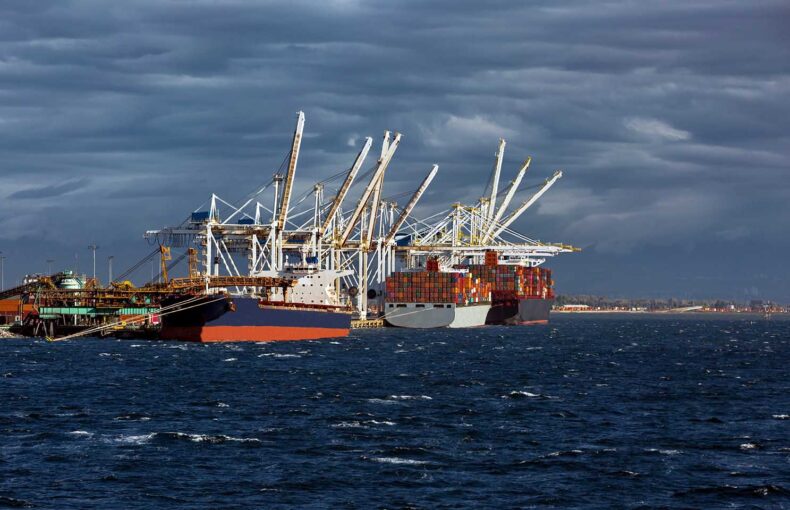Record-breaking Cyclone Freddy: What can businesses learn from this event?
The World Meteorological Organization (WMO) has officially confirmed that Tropical Cyclone Freddy was the longest-lasting tropical cyclone on record, with an unprecedented 36 days of activity as a tropical storm or higher.
The record-breaking storm in 2023 has set a new benchmark in meteorological history, highlighting the increasing intensity and longevity of tropical cyclones amid climate change.
This article covers what businesses need to know about this significant weather event and its implications.
Key takeaways from Cyclone Freddy
The record for Cyclone Freddy was confirmed by a WMO international committee of experts from the Weather and Climate Extremes Archive, including scientists from Australia, France, Spain, Canada, Hong Kong, and the United States.
Prior to this confirmation, NASA had confirmed that Cyclone Freddy held the record for all-time accumulated cyclone energy (ACE), which is a measure of a tropical cyclone’s intensity over its lifetime, in the Southern Hemisphere.
Unprecedented longevity
Tropical Cyclone Freddy maintained its status as a tropical storm or stronger for 36 days. It crossed the Indian Ocean in February and March of 2023 after developing near the coast of Northwest Australia and charted a course toward southern Africa. That longevity surpassed the previous world record of 29.75 days held by John in 1994. Freddy peaked with the equivalent intensity of a Category 5 hurricane on the Saffir-Simpson Hurricane Wind Scale.
Prior to John, Hurricane Tina’s 24-day duration in the 1992 season, and Hurricane San Ciriaco’s 28-day duration in the 1899 Atlantic season were the longest-lived tropical cyclones, according to the WMO.
John became a hurricane over the eastern Pacific before tracking across the dateline into the western Pacific, where it was designated as a typhoon. Before its journey was over, John ventured back into the central Pacific. The cyclone was one of only a handful to be designated as both a hurricane and a typhoon.
At peak intensity, John reached Category 5 strength, the strongest category on the Saffir-Simpson scale. Despite its lengthy journey for 31 days meandering around the basin, John did not have major impacts to land. It affected the Hawaiian Islands and the United States military base on Johnston Atoll, and its remnants later impacted Alaska.
On the other hand, not only was Cyclone Freddy a long-duration event but also one with devastating impacts. Madagascar and southeastern Africa were hit particularly hard during Freddy’s onslaught.

Cyclone Freddy devastated crops in southern portions of Malawi, causing hunger concerns in the region.
Extensive journey
Freddy traveled 7,945 miles (12,785 kilometers), or about one-third of the Earth’s circumference, making it the second-longest in terms of distance traveled by a tropical cyclone. In comparison, John navigated 8,177 miles (13,159 kilometers) across the Pacific Ocean in 1994.
There is potential for vast area of impact with such long-lived storms with extensive paths, as destructive storms like these could affect multiple countries and regions.
Significant human and economic impact
Cyclone Freddy caused devastation in Madagascar, Malawi, and Mozambique. In Malawi alone, more than 1,200 people were reported dead or missing, and over 1.3 million people in Mozambique were affected. The economic toll was substantial, with damages estimated at $481 million USD, according to the African Risk Capacity’s Tropical Cyclone Explorer (TCE) model.
Key statistics on Cyclone Freddy
36 days
Freddy’s longevity at tropical storm strength or higher
7,945 miles (12,785 km)
Distance traveled by Freddy
1,200+
The number of fatalities and missing individuals
$481 million USD
The economic damage
Implications for businesses of Cyclone Freddy
1. Risk assessment and preparedness
The prolonged duration and extensive reach of Cyclone Freddy highlight the importance of robust risk assessment and preparedness plans for businesses. Companies operating in cyclone-prone areas must ensure they have updated emergency response strategies, supply chain contingencies, and employee safety protocols.
2. Insurance and financial planning
The economic losses caused by Freddy emphasize the need for adequate insurance coverage against natural disasters. Businesses should review their policies to ensure they are protected against prolonged disruptions and significant damages resulting from extreme weather events.
3. Sustainability and climate action
The increasing intensity and longevity of tropical cyclones are closely linked to climate change, but there are several other atmospheric factors that also need to be taken into account. Businesses have a critical role to play in mitigating climate change by adopting sustainable practices, reducing carbon footprints, and supporting global climate initiatives. Proactive climate action can help curb the future impact of such devastating weather events.
The role of climate change
The record set by Cyclone Freddy is not an isolated incident but rather part of a broader trend of more intense and longer-lasting tropical cyclones. Climate change is among the factors behind these changes.
“The warming climate translates to warmer ocean temperatures, and warm water acts as fuel for tropical cyclones. We are not confident yet that there will be an increased number of tropical cyclones developing each year due to climate change. Of the storms that form, we do believe we will see an increase in intensity and longevity as warm waters allow these systems to thrive,” Spire Meteorologist James Van Fleet said.
Above-average ocean heat content can also contribute to the rapid intensification of hurricanes, when atmospheric conditions such as upper-level winds are favorable for explosive strengthening. Additionally, higher sea levels contribute to more severe storm surge and flooding, and more moisture in the atmosphere due to climate change leads to heavier rainfall.
Other atmospheric factors at play
“The Earth’s systems of absorbing, transferring, and releasing energy are complex. You have interactions between the atmosphere and Earth’s oceans. Sun cycles. Global teleconnections. Geological phenomena that play a role, and the list goes on,” Van Fleet explained. “By the very nature of its definition, climate change is a long-term shift in temperatures and weather conditions, and so it is important to have a comprehensive view into what is driving more intense tropical storms, especially when considering a single storm and its behavior.”
“However, we also know that increasing temperatures due to human-caused greenhouse gases play a role in adding heat to Earth’s oceans as well,” Van Fleet said.
Hurricane John developed amid the 1994-95 El Niño, characterized by above-average sea-surface temperatures in the central and eastern Pacific Ocean near the equator.
Other meteorological teleconnections similarly to the El Niño/Southern Oscillation, including the Madden Julian Oscillation and the Indian Ocean Dipole, are among other factors that can influence the formation and behavior of tropical systems around the world.
Geological events such as volcano eruptions can play a role since gases from eruptions can reach the stratosphere and cause global cooling events in certain cases.
Attribution science organizations such as World Weather Attribution and Climate Central analyze scientific methods for measuring and quantifying the influence of climate change on weather events.
Monitoring and Early Warning Systems
The WMO’s confirmation of Freddy’s record underscores the importance of accurate monitoring and early warning systems. These systems are crucial in providing advance advisories, allowing disaster management and humanitarian efforts to mobilize effectively. Businesses should stay informed about advancements in weather forecasting technology and integrate these tools and insights into their operational strategies.

Spire Global has a fully deployed constellation of satellites to gain in-depth insights into the weather and more.
Conclusion
Tropical Cyclone Freddy’s record-breaking longevity is a stark reminder of the growing challenges posed by escalating weather events. For businesses, this event underscores the necessity of comprehensive risk management, robust insurance coverage, and proactive climate action. By understanding the implications of such extreme weather events and taking decisive steps to mitigate their impact, businesses can better safeguard their operations and contribute to a more resilient and sustainable future.
“The abundance of exclusive space-powered data that Spire gathers using its fully deployed constellation of satellites provides unmatched insights into the complexity of the Earth system,” Van Fleet said. “That together with our proprietary data assimilation, computer modeling, and AI and machine learning techniques, culminates in unique and precise weather predictions that can aid in smarter and faster business decisions.”
Incorporating accurate forecasting tools can greatly benefit business operations, safety, and profits. Having a team of meteorologists to interpret model predictions and explain confidence levels is invaluable for making key business decisions. Spire has a team of expert meteorologists, the DeepVision™ Weather Support team, available 24/7 to offer guidance and consultation around any weather uncertainties.
 Written by
Written by


